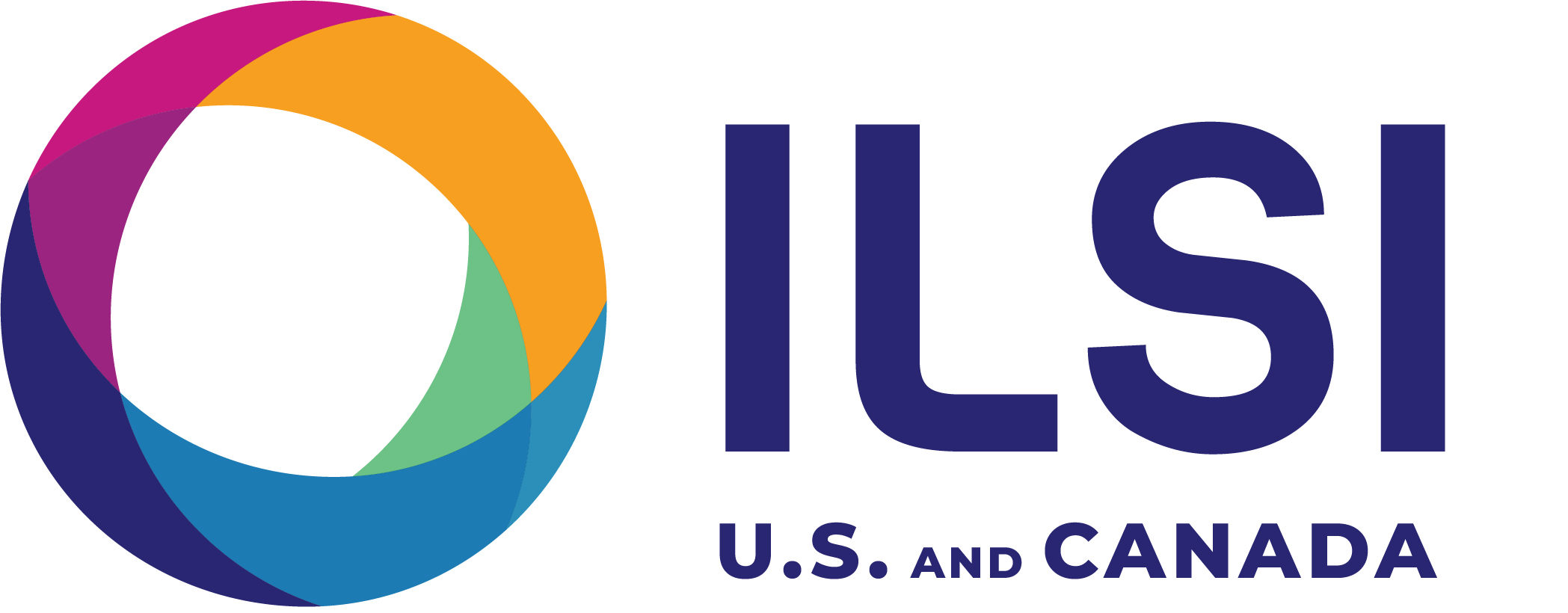
Our Purpose
The mission of the Healthy Aging, Geriatrics, and Sarcopenia Research Portfolio is to promote awareness, risk assessments, and prevention for sarcopenia among medical providers, patients, and older adults. Since its classification as a disease in the 10th Edition of the International Classification of Diseases (ICD) in 2016, sarcopenia has remained underdiagnosed and under documented in medical records.1 This activity aims to change this narrative by bridging the gap between academia, the medical community, and the patient population to improve public awareness and ultimately reduce the overall prevalence of sarcopenia.
Leadership Committee
- Roger Fielding, PhD (Chair) – Jean Mayer USDA Human Nutrition Research Center on Aging, USA
- Johanna Dwyer, DSc, RD – Jean Mayer USDA Human Nutrition Research Center on Aging, Tufts Medicine, and Schools of Medicine and Nutrition Science and Policy Tufts University, USA
- Rosaly Correa de Araujo, MD, MSc, PhD – Division of Geriatrics and Clinical Gerontology (DGCG), National Institute on Aging (NIA), USA
- Luigi Ferrucci, MD, PhD – National Institute on Aging (NIA), USA
- Stuart Phillips, PhD, FACSM, FCAHS – McMaster University, Department of Kinesiology, Canada
- Aimee Henrikson, MPH - Senior Medical Affairs Manager at Nestlé Health Science, USA
Use the form below to send us an idea, request more information, or let us know that you would like to collaborate with ILSI!
About ILSI
Headquartered in Washington, D.C., the International Life Sciences Institute (ILSI) is a global, nonprofit federation committed to improving public and planetary health by convening international experts from academia, the public sector, the private sector and other NGOs to advance evidence-based scientific research.
ILSI operates within a framework of the highest principles of scientific integrity. Our trusted professionals and volunteers around the world work synergistically and transparently across sectors and disciplines.


